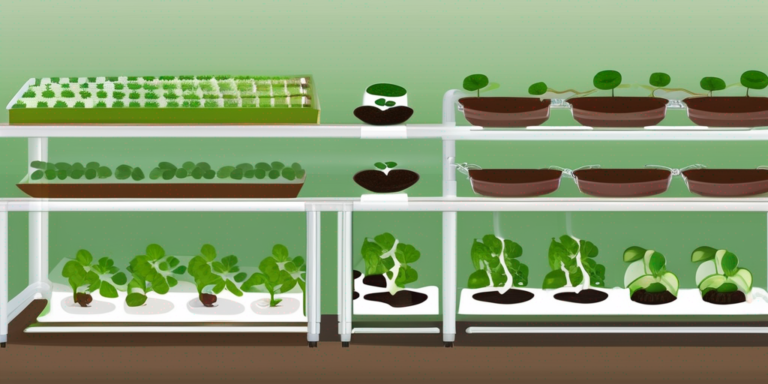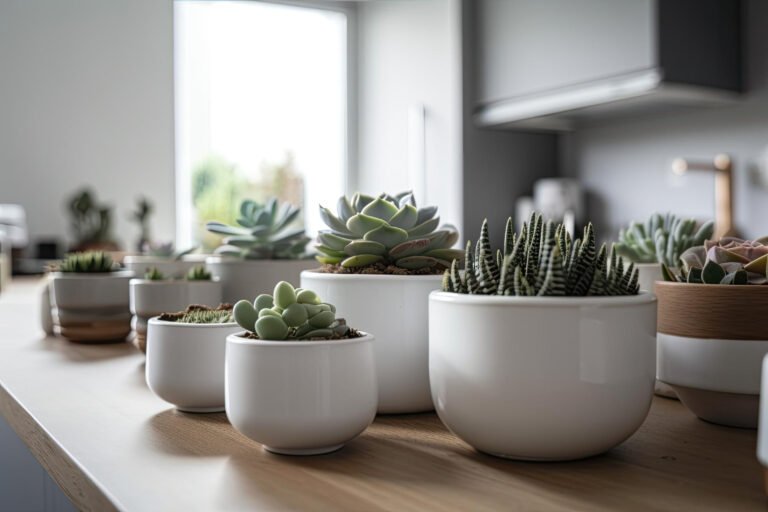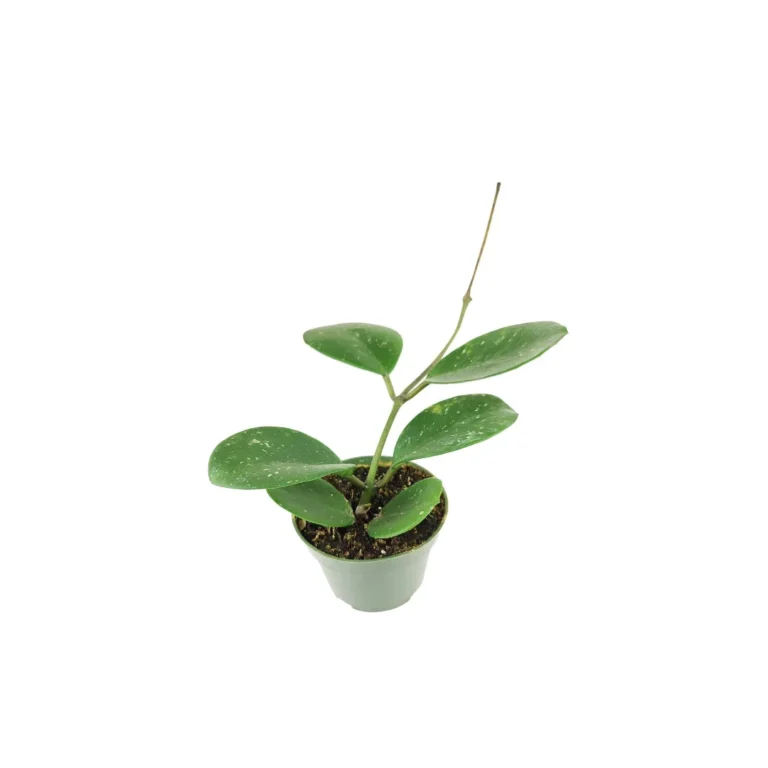
Aeroponics Unveiled: Growing Plants in Thin Air
When it comes to innovative agricultural techniques, aeroponics stands at the forefront, redefining how we grow our greens. Imagine a farming method where plants are nurtured without the embrace of soil, in a system that combines air and water to foster growth. This cutting-edge approach, often hailed as the future of sustainable farming, introduces us to the realm of aeroponics.
What is Aeroponics?
At its core, aeroponics is a method of growing plants without the traditional soil medium. Instead, it suspends plant roots in a chamber, allowing them to dangle in the air. The magic happens when a nutrient-rich solution, essentially a blend of water and vital nutrients, is sprayed directly onto these suspended roots. This fine mist provides plants with the essential elements they need for growth, fostering a nutrient-rich environment that promotes the accelerated growth and plant development.
The Hydroponic Connection: A Unique Approach
Often likened to its counterpart, hydroponic systems, aeroponics shares a common thread in their soilless nature. However, the key distinction lies in the way these systems deliver nutrients to the plants. While hydroponics submerges the plants roots in a nutrient solution, aeroponics employs a fine mist, ensuring plants receive a high level of oxygen in addition to nutrients. This method sets the stage for a unique and highly efficient growing experience.
Advantages of Aeroponics: Healthy Plants, Healthy Planet
Aeroponic systems offer a myriad of advantages over traditional farming methods. Firstly, the controlled environment ensures that plants receive the exact nutrients they need, resulting in healthier and more robust growth. Additionally, without the constraints of soil, plants can grow in a smaller space, making aeroponics an excellent choice for urban agriculture where land is often scarce.
Moreover, the absence of soil significantly reduces the risk of plant diseases. In traditional farming, soil-borne diseases often wreak havoc on crops. In aeroponics, the risk is minimized, creating a more secure growing environment. Also, this method uses significantly less water compared to traditional farming, making it a more sustainable choice in regions facing water scarcity.
The Root of the Matter: Nutrient Absorption and Root Zone
In aeroponic or aeroponic growing systems, the plant roots are suspended in air, giving them easy access to both nutrients and oxygen. This unique setup allows for efficient nutrient absorption, as the fine mist provides a direct route for essential elements to reach the roots. Moreover, the absence of soil means there’s no competition for nutrients, ensuring each plant receives precisely what it needs.
The root zone, a critical area for plant growth, is meticulously maintained in aeroponics. With no soil to navigate, roots can spread out more freely, establishing a strong foundation for the plant. This enhanced root system leads to healthier plants and more productive crops.
Aeroponics: Nurturing Growth with Technical Knowledge
Implementing aeroponic systems does require technical knowledge, especially regarding nutrient solutions, humidity levels, and specialized equipment. However, the investment in learning pays off in the form of faster growth rates, higher yields, and ultimately, a more sustainable approach to agriculture. In the controlled environment of an aeroponics system, plants thrive, making it an appealing choice for commercial growers aiming for optimal productivity.
The Science Behind Aeroponics: How it Works and Why it’s Better Than Hydroponics
In the previous section, we delved into the basics of aeroponics and its advantages over traditional farming methods. Now, let’s explore the inner workings of aeroponics and understand why it’s gaining an edge over hydroponics.
How Does Aeroponics Work?
Aeroponics operates on a simple yet effective principle: providing plants with water, nutrients, and oxygen in the form of a fine mist. Here’s a step-by-step breakdown of the process:
1. Suspension of Roots: Plants are placed in a growing chamber, and their roots are suspended in the air. This eliminates the need for soil, creating a clean and controlled environment.
2. Nutrient Solution: A nutrient-rich solution is prepared, comprising essential minerals and elements necessary for plant growth. This solution is stored in a reservoir.
3. Misting System: A misting system, often consisting of high-pressure nozzles, sprays the nutrient solution directly onto the exposed roots at regular intervals. The fine mist envelops the roots, ensuring they receive an ample supply of both nutrients and oxygen.
4. Optimal Conditions: Aeroponic systems maintain optimal environmental conditions, including temperature, humidity, and light, to maximize plant growth. Grow lights are commonly used to provide adequate illumination, especially in indoor setups.
5. Nutrient Uptake: The suspended roots absorb the nutrients and oxygen from the mist, facilitating rapid nutrient uptake. This direct and efficient absorption method accelerates plant growth.
Aeroponics vs. Hydroponics: The Advantage of Air
While both aeroponics and hydroponics are soilless growing methods, the former offers a unique advantage – the abundance of oxygen. In the hydroponics method, plant roots are submerged in a nutrient solution, which, while providing essential nutrients, may limit the amount of oxygen available to the roots. In contrast, aeroponics ensures that plant roots are constantly surrounded by air, allowing for superior oxygen absorption.

This higher oxygen availability is a game-changer for plant growth. It encourages the development of healthier root systems and, consequently, faster growth rates. The increased oxygen also mitigates the risk of root diseases, creating a more robust and resilient growing environment.
Nutrient Density and Nutrient Solutions
Aeroponics systems are known for their precision in delivering nutrient solutions. Since plants are in direct contact with the mist, there’s minimal waste, and the precise nutrient mix ensures optimal growth. This level of control over nutrient density results in healthier, nutrient-rich plants that are not only tastier but also more nutritious.
Furthermore, the closed-loop system of aeroponics reduces the need for harsh chemicals or pesticides, contributing to safer and more sustainable food production.
Exploring the Advantages and Disadvantages of Aeroponics
In the previous sections, we introduced the concept of aeroponics, discussed how it works, and highlighted its advantages over hydroponics. Now, let’s take a closer look at aeroponic roots and the pros and cons of this innovative farming method.
Advantages of Aeroponics
1. Faster Growth: Aeroponics provides plants with an abundant supply of oxygen, which accelerates growth. Compared to traditional soil-based cultivation, plants grown aeroponically tend to mature much more quickly.
2. Higher Yields: The controlled environment of aeroponics allows for optimal nutrient absorption and root development, leading to higher crop yields. This efficiency makes it an attractive option for commercial growers aiming to maximize production.
3. Water Efficiency: Aeroponics is incredibly water-efficient. The closed-loop system recirculates water and nutrients, minimizing waste. In regions with water scarcity, this is a significant advantage.
4. Reduced Risk of Disease: With no soil to harbor soil-borne pathogens, the risk of plant diseases is significantly reduced. This eliminates the need for chemical pesticides, making aeroponically grown produce healthier and safer for consumption.
5. Space Efficiency: Aeroponics is well-suited for urban agriculture and indoor farming, as it requires minimal space. Vertical farming setups, in particular, make the most of available space.
6. Nutrient Precision: Aeroponics allows for precise control over nutrient solutions. This precision ensures that plants receive the exact nutrients they need, resulting in healthier and more nutritious produce.
7. Environmental Benefits: The reduced use of chemicals and water, as well as the elimination of soil erosion, makes aeroponics an environmentally friendly farming method. It’s a step towards sustainable agriculture and reduced ecological impact.
Disadvantages of Aeroponics
1. Technical Knowledge Required: Implementing and maintaining an aeroponic system can be challenging and requires technical expertise. Novice gardeners may find it intimidating.
2. Initial Investment: The setup cost for an aeroponic system can be relatively high, primarily due to the need for specialized equipment such as misting systems, grow lights, and environmental controls.
3. Energy Consumption: Indoor aeroponic systems often rely on artificial lighting, which can result in higher energy consumption. This can be mitigated with energy-efficient lighting solutions.
4. System Vulnerabilities: Aeroponic systems can be susceptible to power outages. In the absence of power, misting systems and environmental controls may fail, potentially harming the crops.
5. Maintenance Requirements: Aeroponic systems demand regular monitoring and maintenance. Any malfunction or imbalance in the system can have adverse effects on plant health and growth.
Navigating the Risks of Aeroponics – What You Need to Know
While aeroponics offers numerous benefits, like any farming method, it comes with its fair share of risks and challenges. In this section, we’ll explore these potential pitfalls and provide insights into how to mitigate them.
1. Vulnerability to Power Outages
Aeroponic systems heavily rely on electricity to operate misting systems, environmental controls, and grow lights in indoor setups. A power outage can disrupt these critical components, leaving your crops without the necessary nutrients, light, and environmental stability.
Mitigation: Installing backup power sources like generators or uninterruptible power supplies (UPS) can help safeguard your hydroponic and aeroponic systems system during power interruptions. Additionally, consider selecting energy-efficient equipment to reduce overall power consumption.
2. Technical Complexity
Aeroponics requires a certain level of technical expertise, especially in managing nutrient solutions, humidity levels, and environmental controls. Novice gardeners may find it challenging to set up and maintain an aeroponic system effectively.
Mitigation: To overcome the learning curve, invest time in learning about aeroponics through books, online resources, or even local workshops. Start with smaller, less complex systems before scaling up to larger setups.
3. Initial Investment
The upfront cost of establishing an aeroponic system can be relatively high, primarily due to the need for specialized equipment and technology.
Mitigation: Carefully plan your budget and consider starting with a smaller system to gain experience before expanding. Look for grants or subsidies that may be available to support sustainable agriculture initiatives.
4. Maintenance Requirements
Aeroponic systems require regular maintenance to ensure their proper function. Any malfunction or imbalance in the hydroponic system can negatively impact plant health and growth.
Mitigation: Develop a maintenance schedule and perform routine checks to identify and address any issues promptly. Familiarize yourself with troubleshooting techniques or consider working with an experienced aeroponics consultant.
5. Energy Consumption
Indoor aeroponic setups often rely on artificial lighting, which can result in higher energy consumption.
Mitigation: To reduce energy consumption, use energy-efficient LED grow lights and implement light schedules that mimic natural daylight. This not only lowers operational costs but also minimizes your environmental footprint.
6. Crop Selection
Not all plants thrive in aeroponic conditions. Some crops may not adapt well to this soilless environment, which can limit your choices in what to grow.
Mitigation: Research and select crops that are well-suited for aeroponics. Leafy greens, herbs, and certain fruiting plants tend to perform exceptionally well in aeroponic systems.
While these risks are real, they can be managed with careful planning, investment, and dedication. Aeroponics offers a promising future for sustainable agriculture, and understanding these challenges is a crucial step toward successful aeroponic cultivation.
The Aeroponic System Unveiled – Components and Operation
Components of an Aeroponic System
1. Growing Chamber: This is where the magic happens. Plants are placed in the growing chamber, and their roots are suspended in the air. The chamber is designed to be lightproof and airtight, creating a controlled environment.
2. Misting System: The heart of the aeroponic system, the misting system consists of high-pressure nozzles or foggers that spray the nutrient solution onto the suspended roots at regular intervals. The mist is fine enough to envelop the roots without causing damage.
3. Reservoir: The nutrient solution is stored in a reservoir. This solution typically consists of water and a carefully balanced mix of essential nutrients required for plant growth. It’s important to monitor and maintain the nutrient solution’s pH and nutrient concentration levels.
4. Pump: A pump is responsible for pressurizing and circulating the nutrient solution to the misting system. It ensures a consistent and even distribution of the mist.
5. Environmental Controls: To prevent plant diseases and maintain optimal conditions, environmental controls such as temperature, humidity, and ventilation systems are often employed. These controls ensure that the growing environment remains stable and conducive to plant growth.
6. Grow Lights: In indoor and aeroponic growing setups, artificial lighting, often in the form of energy-efficient LED grow lights, is used to provide the necessary illumination for plant photosynthesis.
Operation of an Aeroponic System
Here’s a step-by-step breakdown of how an aeroponic system operates:
1. Plant Placement: Seeds or seedlings are placed in the growing chamber. As they grow, their roots dangle in the air within the chamber.
2. Nutrient Solution: The nutrient solution, stored in the reservoir, is pumped to the misting system.
3. Misting: The misting system sprays a fine mist of the nutrient solution directly onto the exposed roots at regular intervals. This mist is rich in both nutrients and oxygen.
4. Environmental Controls: Environmental controls, such as temperature and humidity regulation, are monitored and adjusted to maintain optimal conditions for plant growth.
5. Grow Lights: In indoor setups, grow lights provide the necessary light for photosynthesis, ensuring that plants receive the energy they need to thrive.
6. Monitoring and Maintenance: The system is continuously monitored for any issues, such as clogs in the misting nozzles or fluctuations in nutrient solution pH. Regular maintenance is crucial to ensure the system’s smooth operation.
7. Harvesting: As the plants grow, they can be harvested at their peak ripeness, resulting in fresh and nutritious produce.
Conclusion: The Future of Sustainable Agriculture
Aeroponics represents a revolutionary approach to plant cultivation, offering numerous advantages such as faster growth, higher yields, and water efficiency. While it does come with challenges, the potential for sustainable and environmentally friendly farming is immense.
Ready to elevate your gardening game with the power of aeroponics? Dive into our blog to discover the future of sustainable farming and start growing with precision today!
Frequently Asked Questions (FAQs)
Is aeroponics better than hydroponics?
Aeroponics offers diverse range of unique advantages over hydroponics, such as faster growth, higher yields, and reduced risk of plant diseases. The abundance of oxygen in aeroponic systems promotes healthier root systems and can result in more robust plant growth.
What are 3 disadvantages of aeroponics?
Three disadvantages of aeroponics include the need for technical knowledge and expertise, the initial investment cost for specialized equipment, and the vulnerability to power outages in indoor setups.
What are the risks of aeroponics?
The risks of aeroponics include power outages that can disrupt system operation, technical complexity requiring a learning curve, initial setup costs, potential energy consumption, the need for regular maintenance, and limitations on crop selection.
How do aeroponics work?
Aeroponics works by suspending plant roots in the air and spraying them with a fine mist of a nutrient-rich solution. This mist provides plants with the essential nutrients and oxygen needed for growth. The system is controlled and monitored to maintain optimal environmental conditions.
What is the aeroponic system?
The aeroponic system is a soilless plant cultivation method that suspends plant roots in the air within a controlled environment. It utilizes a misting system to deliver a nutrient-rich solution to the roots, promoting rapid and healthy plant growth. The system consists of components like a growing chamber, misting system, reservoir, pump, environmental controls, and grow lights for indoor setups.







